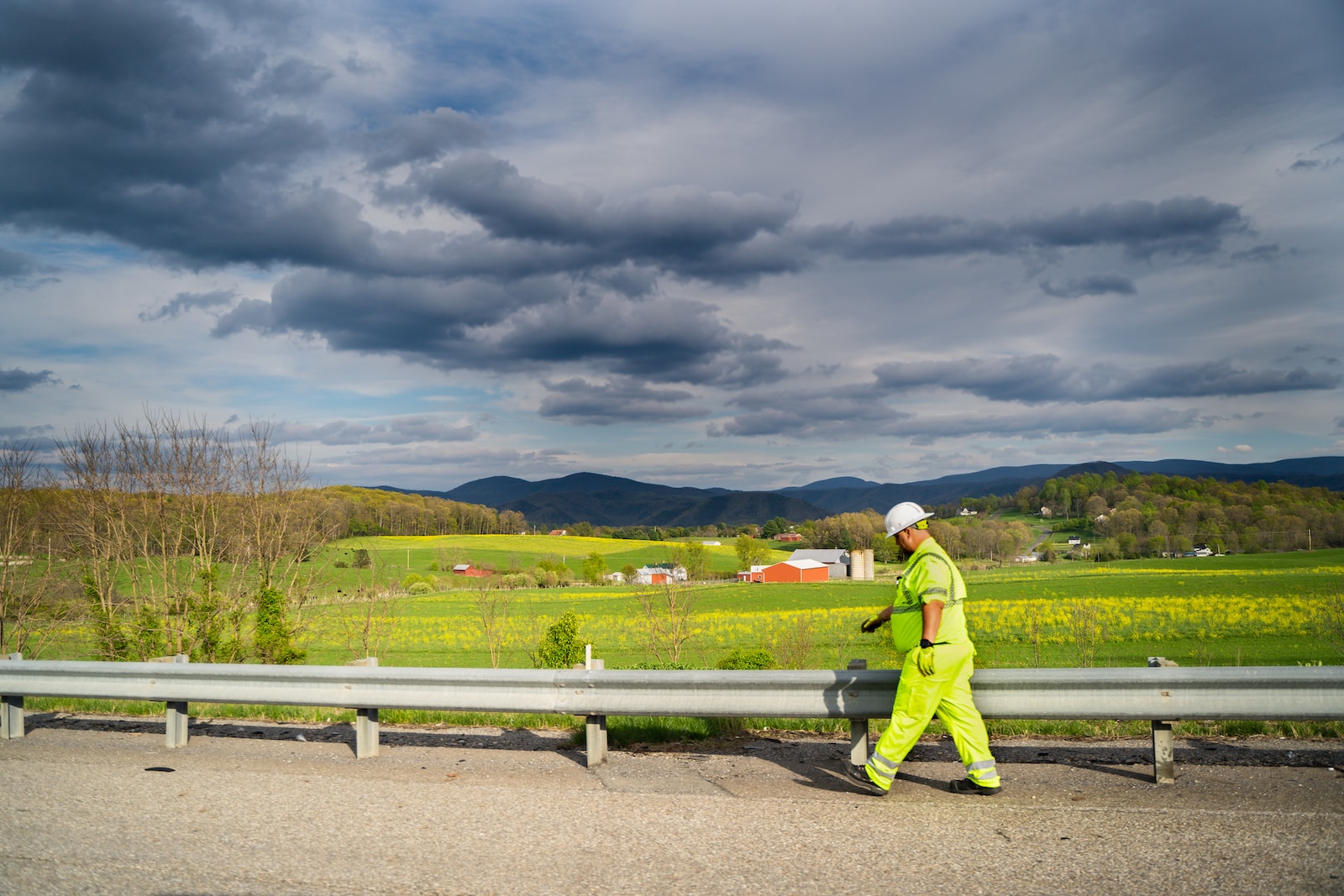Table of Contents
ToggleIntroduction:
As the peak of the Atlantic hurricane season approaches, it is crucial for Virginia farmers to take proactive measures to safeguard their families, livestock, and farm operations. The destructive power of hurricanes, with their strong winds and heavy rainfall, can have devastating consequences for agricultural producers. In this article, we will provide valuable tips and advice to help Virginia farmers prepare for the upcoming hurricane season, ensuring the safety of their loved ones and minimizing property loss.
Monitor Weather Reports and Follow Instructions
To stay well-informed about approaching storms, it is essential for farmers to monitor local weather reports regularly. Up-to-the-minute storm information can help them make timely decisions to protect their farms and livestock. Additionally, it is crucial to follow the instructions of local and state government officials who are responsible for issuing evacuation orders or other safety measures.
Create an Emergency Kit and Plan
Preparation is key to effectively respond to hurricanes. Farmers should create an emergency kit that includes essential supplies such as drinking water, food for humans and pets, medications, emergency numbers, a first aid kit, flashlights, batteries, and dust masks. This kit should be designed to last three to four days in case of prolonged disruptions.
Furthermore, farmers should develop an emergency plan that identifies evacuation routes and a meeting destination for their families in the event an evacuation becomes necessary. By having a well-thought-out plan in place, farmers can ensure the safety and well-being of their loved ones.
Secure Your Property and Livestock
To minimize potential damage, farmers should take steps to secure their property and livestock. It is important to trim or remove damaged trees and limbs that could pose a risk to structures during high winds. Loose rain gutters and downspouts should be secured, and any clogged areas or debris cleared to prevent water damage.
Livestock should be properly secured as well. Farmers can build berms in low-lying areas prone to flooding, providing animals with elevated areas to stand on. Fencing may need to be removed temporarily to allow animals to move to higher ground during floods or lower ground during high winds. Marking animals with identifiers, such as ear tags or paint markings, can facilitate their return if they get lost during the storm.
Stock Up on Essential Supplies
Farmers should ensure they have an ample supply of feed, water, and livestock resources to sustain their operations for at least three days. In the event of power outages, it is advisable to have a gas-powered generator and sufficient fuel to operate critical electrical equipment such as vent fans, water pumps, and milking machines.
Additionally, having multiple forms of identification for horses and other equines, as well as vaccination records, is crucial. Coastal residents should consider evacuating horses inland and make arrangements for specialized transportation if necessary.
Safety Precautions and Post-Storm Actions
During hurricane events, it is crucial to prioritize safety. Farmers should avoid driving across flooded roadways, as even six inches of water can move a vehicle and roads may be washed out beneath the floodwaters. After the storm, if strong winds knock down trees, farmers should clear farm lanes and houses to make them accessible to delivery vehicles as soon as it is safe to do so.
Farmers should also inspect all structures, including barns and outbuildings, for any broken or weak components and make necessary repairs before the storm arrives. Securing farm equipment and other items to prevent them from becoming dangerous projectiles is essential.
Conclusion:
As the peak of the Atlantic hurricane season approaches, Virginia farmers should prioritize preparedness to safeguard their families, livestock, and farm operations. By monitoring weather reports, creating emergency plans and kits, securing property and livestock, and stocking up on essential supplies, farmers can minimize the potential impact of hurricanes. Taking proactive measures now can save thousands of dollars in property loss and ensure the safety and well-being of all those involved in agriculture. Stay informed, be prepared, and protect what matters most.







